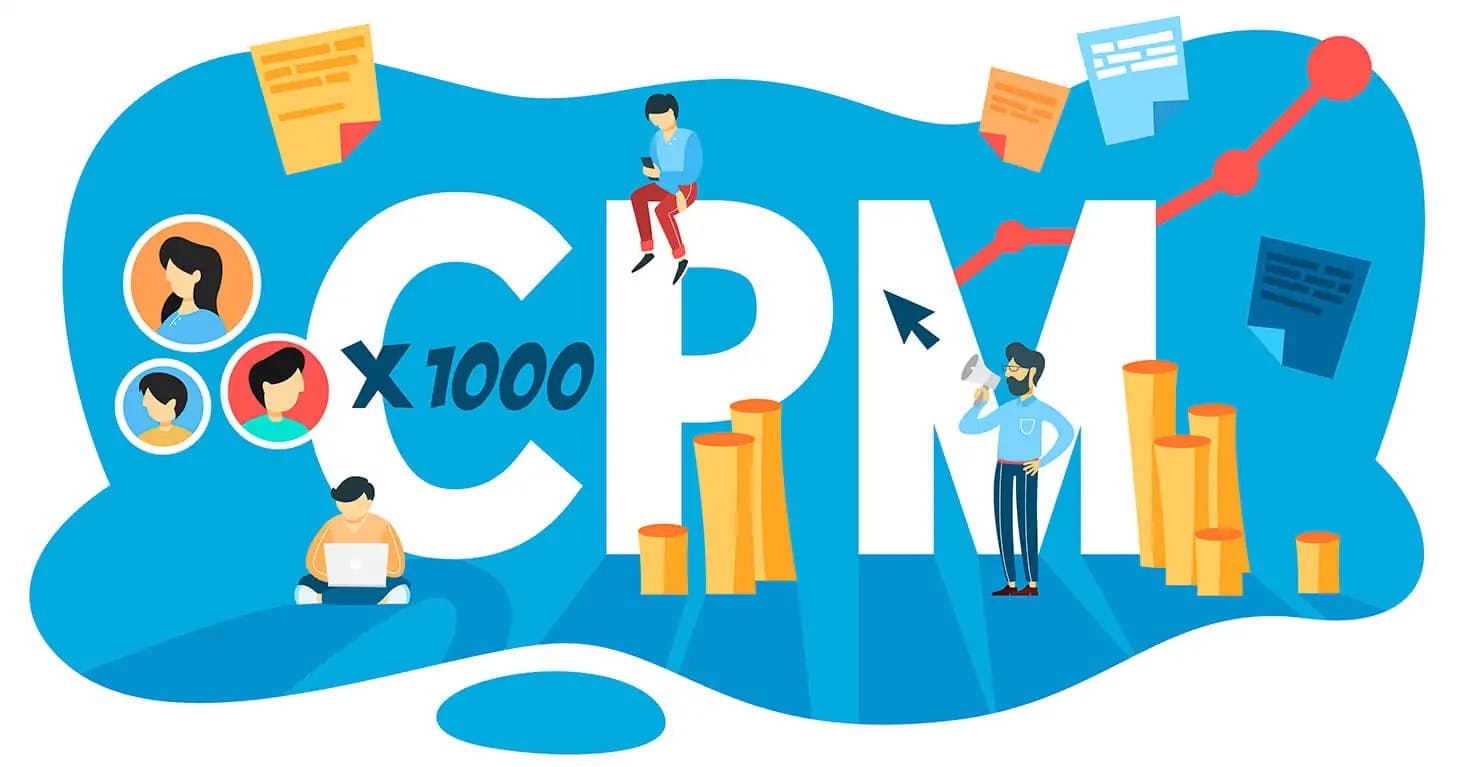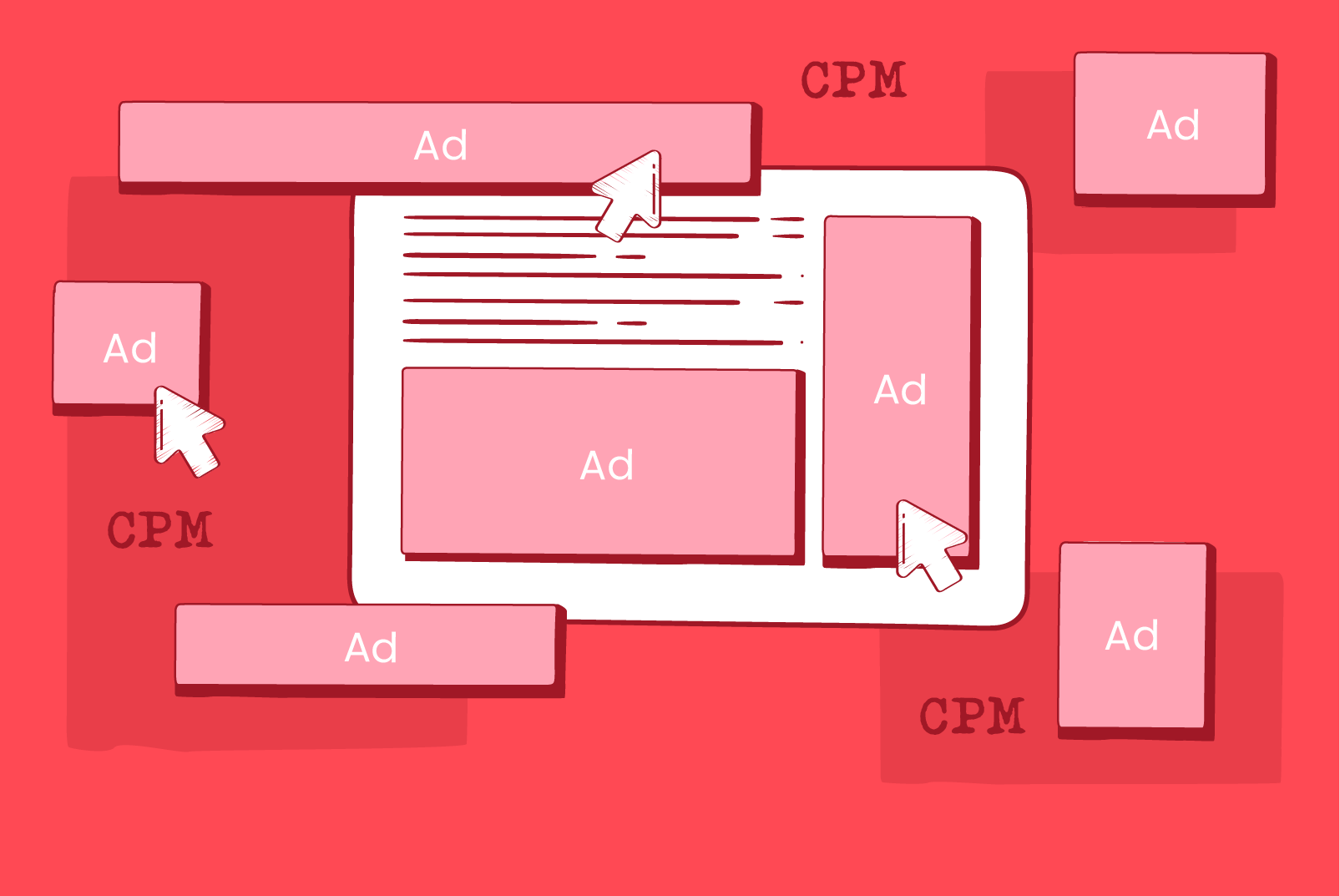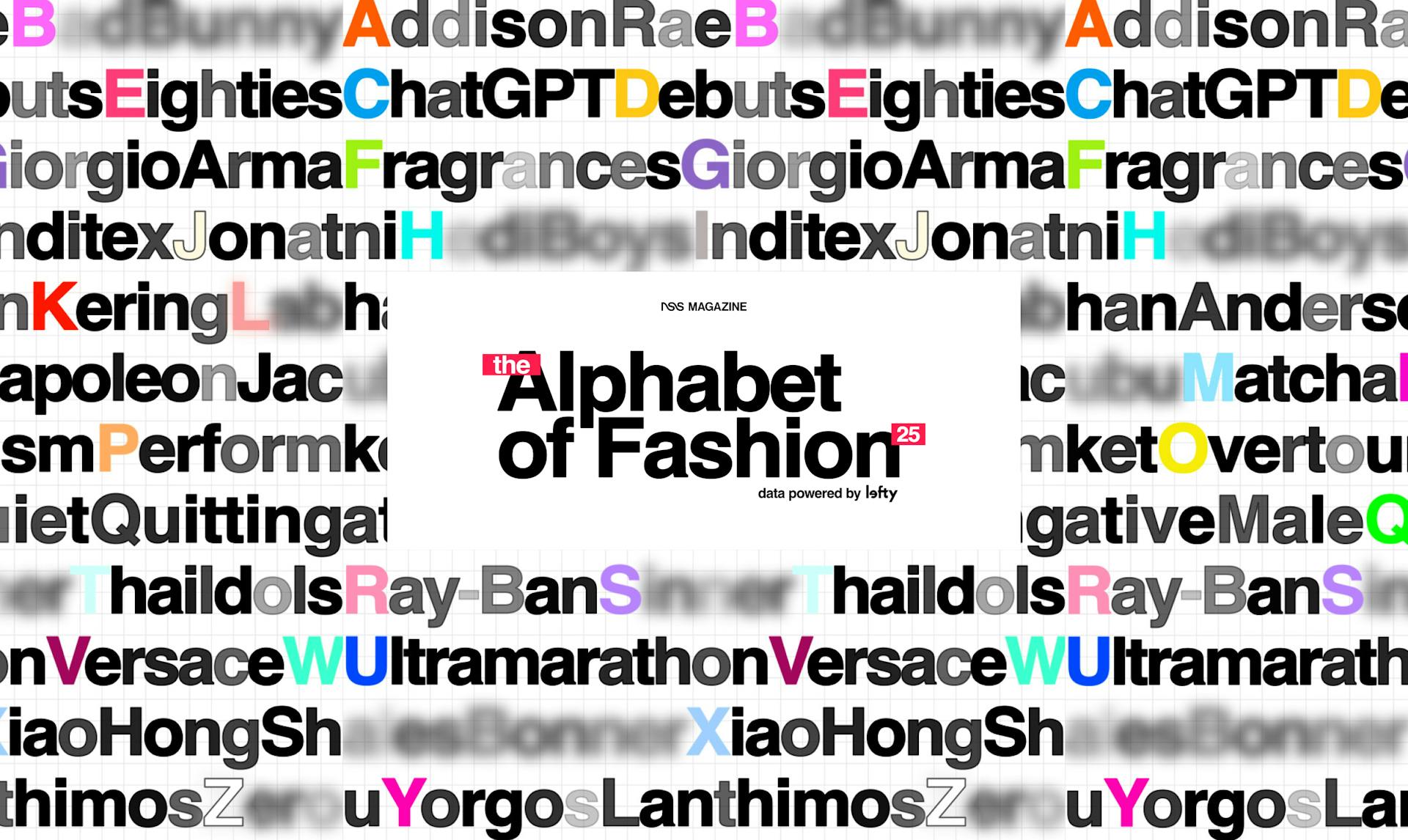Maximizing ROI in Influencer Marketing: The CPM Gold Standard
Introduction to CPM in Influencer Marketing
In the dynamic realm of digital advertising, influencer marketing has become a pivotal strategy for building authentic connections with target audiences. Popular social media personalities command dedicated followings that trust their endorsements, making effective partnerships with these influencers a powerful way to enhance brand visibility and drive sales. However, while influencer relationships can be a potent addition to any marketing arsenal, it's crucial to evaluate the impact and performance of these campaigns to ensure they deliver value.
A key metric in assessing the effectiveness of influencer marketing campaigns is Cost-Per-Mille (CPM), or the cost per thousand impressions (i.e., views). Understanding and optimizing CPM can lead to higher engagement rates, better returns on investment (ROI), and a more strategic allocation of advertising budgets. By focusing on performance influencer marketing, brands can fine-tune their strategies for maximum impact.
Maximizing CPM is essential for the success of influencer campaigns, and several factors influence what constitutes a 'good' CPM rate. The following sections explain how this works in practice and offer tips and tricks for brands to improve the CPM and ROI of their influencer marketing efforts.

Understanding CPM and Its Significance
CPM, or Cost Per Mille, is a crucial metric for assessing the cost-effectiveness of advertising campaigns. This metric traditionally measures the price per 1,000 impressions on a post, serving as a vital indicator of an influencer's and the campaign's total reach.
In influencer marketing, CPM allows brands to evaluate the cost of reaching a thousand potential customers through an influencer's content. By analyzing CPM, brands can identify the most impactful influencers for their campaigns and optimize their marketing budgets for future efforts.
Significance of CPM in Influencer Marketing:
- Budgeting and Planning: CPM rates are invaluable for brands when forecasting and planning their marketing budgets. They help identify which influencers generate the most engagement and impressions, providing detailed insights into your campaign expenditures and anticipated future costs. This crucial metric ensures efficient resource allocation and helps prevent overspending for future activations.
- Performance Evaluation: Measuring CPM offers a benchmark to evaluate the performance of various influencers by comparing their KPIs—such as engagement, visibility, and content output—against the campaign's objectives. This allows brands to identify which influencers excel at meeting the campaign goals and pinpoint improvement areas.
- Strategic Allocation: Using CPM as a primary metric to gauge the visibility and effectiveness of influencer content helps brands determine which influencers, content formats, and social networks provide the best value for their investment. Companies can ensure that their investments yield high returns by understanding how a business can assess the ROI from influencer marketing.

Factors Impacting CPM Rates
Understanding the factors that shape CPM rates in influencer marketing can help brands and social media personalities negotiate more effectively and achieve better outcomes from their advertising campaigns. These factors include:
- Influencer's Reach and Engagement: Influencers with more significant followings and higher engagement rates usually command higher CPMs, as brands are willing to invest more to reach these substantial and interactive audiences. Although it can be costly, partnering with well-known social media figures can significantly enhance your brand's visibility and attract interest from their audience.
- Platform: Different social media platforms have varying CPM rates. For instance, Instagram might have different rates compared to YouTube or TikTok. The choice of platform can significantly affect the cost because of differences in user demographics, content consumption patterns, and advertising effectiveness. For example, Lefty sets a good CPM for Instagram at $25, TikTok at $15, and YouTube at $70.
- Content Type: The type of content produced can also impact CPM rates. Videos generally have higher CPMs over images or text-based content, as videos tend to be more engaging and can convey more information in less time. Additionally, creating video content often requires more resources, explaining the higher costs.
- Micro vs. Mega-Influencers: Micro-influencers generally have between 10,000 and 100,000 followers and often boast lower CPMs but higher engagement rates as their smaller, more focused audience tends to be more actively engaged. On the other hand, mega-influencers, with followings of one million or more, will command much higher CPMs due to their broader reach and ability to impact a more extensive audience.
- Niche: Specific niches, such as fashion, technology, or beauty, may have different average CPM rates. These niches might attract more lucrative advertising opportunities due to higher brand competition or the audience's purchasing power. For example, luxury fashion brands may be willing to pay more for influencer marketing than budget-friendly fashion brands.
- Follower Demographics: The age, location, and interests of an influencer's follower base can notably impact CPM rates, and brands will pay more to reach the target demographics most likely to engage with their products or services. For example, an influencer with an audience primarily composed of young adults in metropolitan areas may command higher CPM rates due to this demographic's higher purchasing power and brand engagement.

Tips for Improving CPM and ROI
To maximize ROI and achieve a good CPM in your influencer marketing campaigns, consider the following strategies:
- Leverage Micro-Influencers: Micro-influencers often provide better engagement at lower CPMs, making them a cost-effective option for advertisers looking to maximize their return on investment. These influencers' posts can drive higher interaction rates and more meaningful connections with potential customers by reaching a more targeted audience. This is crucial when a business assesses the ROI from influencer marketing.
- Optimize Content Types: Invest in high-quality video content on platforms like TikTok and Instagram, as these videos generate more impressions and engage a larger audience. You can effectively capture viewers' attention and enhance your brand's visibility by focusing on eye-catching visuals and compelling narratives. Understanding how a business assesses the ROI from influencer marketing is essential in this context.
- Target Demographics: Concentrate on influencers whose followers align closely with your target audience and actively engage with their posts. Platforms like Lefty can assist in precisely identifying an influencer's audience demographics, ensuring they match your campaign's intended target market. This alignment helps achieve a good CPM and improves overall campaign success.
- Negotiate Rates: Don't hesitate to negotiate CPM rates based on the influencer's performance metrics, such as engagement rates and previous campaign success. Additionally, consider the type of content they will post for the campaign, ensuring it aligns with your brand's message and goals. Finally, consider their audience size and demographics to maximize the campaign's effectiveness. Knowing the factors contributing to a good CPM is vital when negotiating rates.
- Analyze CPMs From Past Campaigns: Develop a system for reporting on influencer marketing campaigns and analyze the data to identify successful strategies, guiding future planning. Maintain partnerships with influencers who have consistently met or exceeded campaign goals to build lasting relationships. This approach fosters authentic content that increases follower engagement. Analyzing past campaigns helps a business assess the ROI from influencer marketing more accurately.

Case Studies: Low CPM Campaigns vs. High CPM Campaigns
Low CPM Campaign: Nike
In 2023, Nike partnered with football player Aldrith Quintero during the Women's World Cup, leveraging her dedicated yet modest audience of 16.1K followers with personalized, gifted Nike shoes. Despite a modest CPM of $10, the campaign significantly boosted brand awareness and engagement among her predominantly Panamanian followers, achieving a remarkable 39% engagement rate on a single Instagram post. This campaign illustrated that even with lower CPMs, a high ROI is attainable when paired with the right influencer and strategy. This Nike CPM example demonstrates the value of targeted, cost-effective campaigns.
High CPM Campaign: Dior
At this year's Cannes Film Festival, Dior collaborated with high-profile actresses like Anya Taylor-Joy and Nicole Wallace, who donned the brand's haute couture gowns exclusively. Dior and the actresses produced content showcasing the brand, warranting an average CPM of $100 and upwards. With millions of followers exposed to their posts, impressions soared to 47.8 million, significantly boosting Dior's online visibility and interest in the brand. This campaign illustrated that high CPMs could yield substantial ROI and brand awareness, particularly when partnering with celebrities, though it comes at a significant cost.
Conclusion: The Future of CPM in Influencer Marketing
As influencer marketing evolves, so will the metrics used to gauge its success. Advances in AI and data analytics will provide deeper insights and more accurate targeting, enabling businesses to evaluate the ROI of influencer marketing better. By incorporating precise CPM costs per influencer and content type into campaign planning and execution, brands can make more informed decisions. Staying abreast of modern marketing tools will allow companies to enhance their visibility, optimize advertising budgets, and maintain a competitive edge in the market.
Understanding how a business assesses the ROI from influencer marketing and achieving a good CPM are essential to successful influencer campaigns. Analyzing low CPM campaigns like Nike's and high CPM campaigns like Dior's can provide valuable insights for future strategic planning.



